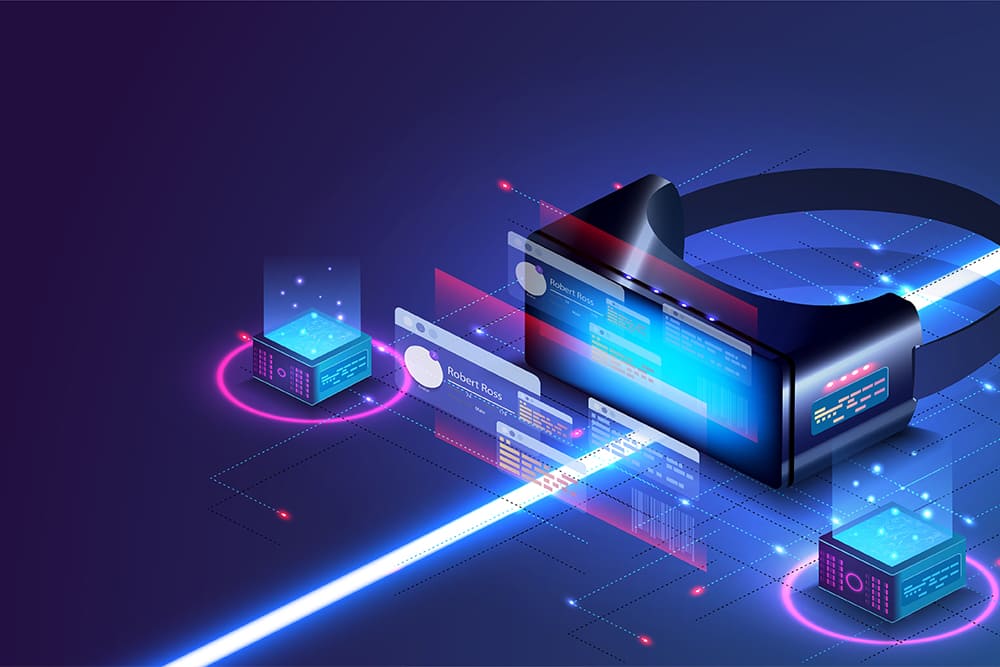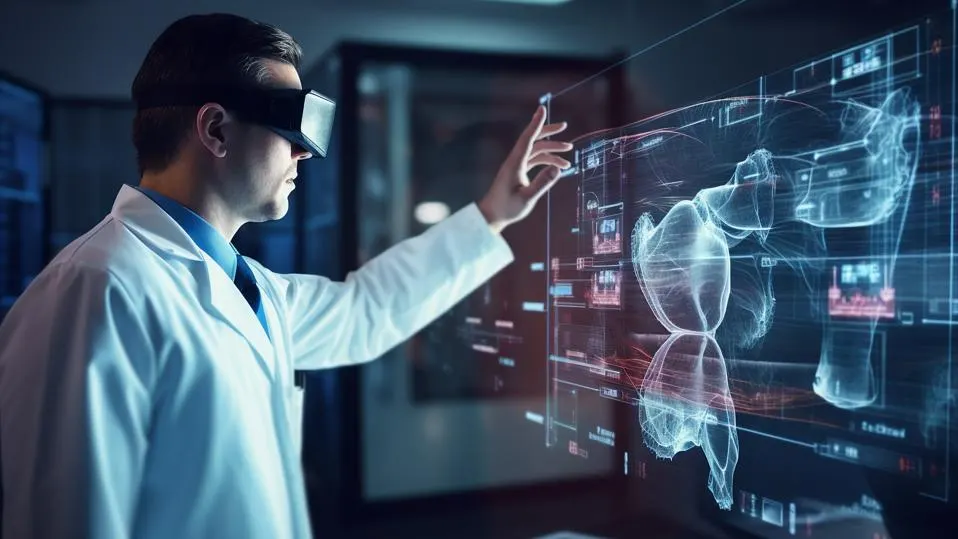AR & VR In Manufacturing: 5 Things You Need To Know
16 September 2021
Perhaps some of the biggest opportunities for leveraging extended reality (XR) technologies lie in manufacturing and industrial settings. In fact, research by PwC indicates that the use of virtual reality (VR), mixed reality (MR), and augmented reality (AR) in product development alone could deliver a $360 billion boost to GDP by 2030.
When considering how best to deploy these technologies, here are five things manufacturing and industrial business leaders need to know.

- XR can enhance the product design process
Competition is tight in the manufacturing sector, and the ability to bring new products to market fast is often key to success. This is where VR, MR, and AR can enhance product design, essentially by helping to speed up the creative process. Indeed, many manufacturers are already using XR technologies to improve their product design and development.
Ford is one such manufacturer. At Ford, designers use the Microsoft HoloLens headset to design cars in mixed reality. This allows designers to quickly model changes to vehicles, viewing the changes on top of an existing, physical vehicle, which is much faster than the traditional clay model process. While Ford still uses clay models in many cases, the HoloLens allows designers to quickly try out new ideas without having to make new clay models for every design.
Ford also used VR to keep the design process moving during the COVID-19 pandemic, when designers had no choice but to work from home. Using VR headsets, design leads were able to log in to a virtual studio and inspect progress on new designs, share ideas and generally work in a more collaborative way, despite the physical distance. Even before the pandemic, they were using VR to view new designs as a team, so they could make design adjustments before creating a clay model.
- XR technologies can benefit the production planning process
XR technologies can also aid the production planning process, whether that’s planning where to place personnel and equipment in a new factory setting, or simply planning how a new product line will be built.
As an example, mechanics at American aerospace manufacturer Boeing used VR to prepare for building the new 737 MAX 10. Using VR headsets, mechanics could see how the landing gear should be installed and what kinds of tools would be needed, which gave them a chance to provide feedback on potential pinch points or new tooling equipment months before assembly actually started.
- AR can be used on assembly lines
While it’s probably not a great idea to have workers on an assembly line wearing immersive VR headsets, the less immersive XR technologies can bring big advantages to the production process. AR glasses like Google Glass or MR headsets like the HoloLens can overlay instructions and graphics onto real-life components and products, thereby helping technicians and operators get up to speed quicker.
At General Electric’s Pensacola factory in Florida, workers assembling GE wind turbines wear AR glasses that display digital instructions on how to install parts correctly – instead of having to stop and check manuals at regular intervals. According to GE, this delivered a 34 percent improvement in productivity versus standard operating methods.
Interestingly, GE technicians can also use the glasses to access training videos or, using voice commands, contact experts for further assistance (the workers can live stream their point of view so the expert on the other end can see what they see). This shows how AR glasses are incredibly versatile and can do more than you might think.
- XR can improve your employee training
One of the things I love about XR technologies is they can make learning more immersive, engaging and effective – and that applies to workplace learning as well as formal education.
Here’s a great example. Multinational engineering, industrial and aerospace conglomerate Honeywell uses VR and AR to address the problem of knowledge “leakage,” where older workers retire and take their knowledge with them. Traditionally, retirees were asked to put their knowledge into PowerPoint slides or Word documents that could be shared with new hires in a classroom environment. But Honeywell found that this passive learning experience didn’t lead to great knowledge retention for new employees – after three months, information retention was around 20–30 percent.
So the company equipped both departing workers and new hires with the HoloLens MR headset. The idea was retirees could record exactly what they were doing in their work, and then new workers could see this information overlaid onto their own work activities. Was it effective? Well, this more active form of training boosted knowledge retention from 30 percent (at best) to an impressive 80 percent. I’d say that’s pretty effective!
- There are some practical limitations to consider
One of the obvious limitations is it’s not that comfortable to wear an AR or MR headset for long periods of time, which means expecting workers to wear these things for, say, an eight-hour shift on an assembly line just isn’t feasible. This will change as the technology improves but, for now, the most appropriate use is likely to be periodically checking instructions during a task, following a set of instructions in real time or learning a task before undertaking it, as opposed to wearing the headset for several hours at a time. (The use of VR headsets in the design process seems largely limited to short-term use, which is fine.)
Then there’s the financial investment required, which will be a major consideration for most businesses. As with any new investment, you have to weigh up the costs of implementing the emerging technology versus not doing it – by which I mean the future cost savings and efficiencies you might miss out on if you don’t invest.
Read more about extended reality technologies in my new book, Extended Reality in Practice: 100+ Amazing Ways Virtual, Augmented and Mixed Reality Are Changing Business and Society. It’s packed with real-world examples from manufacturing, industry and many other sectors.
Related Articles
Will Quantum Computing Kill Bitcoin?
By now, “smart” versions exist of just about every home appliance, gadget and gizmos we can think of. However, manufacturers continue[...]
11 Most Reliable AI Content Detectors: Your Guide To Spotting Synthetic Media
Since the launch of ChatGPT just two years ago, the volume of synthetic – or fake – content online has increased exponentially.[...]
The AI-Powered Citizen Revolution: How Every Employee Is Becoming A Technology Creator
Something remarkable is happening in organizations around the world.[...]
6 Mistakes IT Teams Are Guaranteed To Make In 2025
The next wave of artificial intelligence isn't just knocking at enterprise doors - it's exposing fundamental flaws in how organizations approach technology transformation.[...]
2025’s Tech Forecast: The Consumer Innovations That Will Matter Most
Consumer technology covers all of the tech we buy to make our lives more convenient, productive or fun.[...]
7 Healthcare Trends That Will Transform Medicine In 2025
Healthcare has evolved dramatically in recent years, with technology driving countless new opportunities, just as demographic and societal factors have created new challenges.[...]
Sign up to Stay in Touch!
Bernard Marr is a world-renowned futurist, influencer and thought leader in the fields of business and technology, with a passion for using technology for the good of humanity.
He is a best-selling author of over 20 books, writes a regular column for Forbes and advises and coaches many of the world’s best-known organisations.
He has a combined following of 4 million people across his social media channels and newsletters and was ranked by LinkedIn as one of the top 5 business influencers in the world.
Bernard’s latest book is ‘Generative AI in Practice’.










Social Media